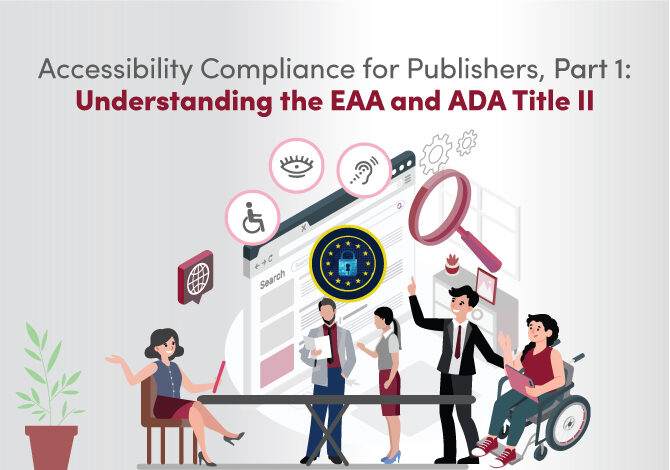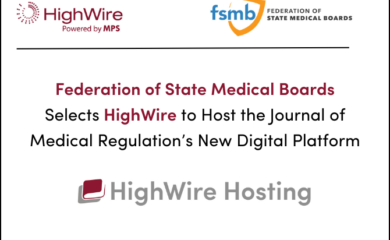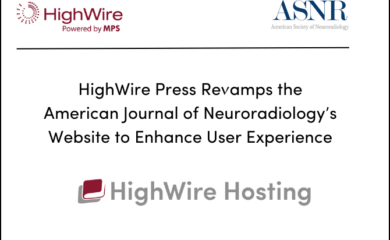This is a three-part series that explores how scholarly and educational publishers can prepare for accessibility compliance under the European Accessibility Act (EAA) and ADA Title II. Drawing from expert insights shared during the HighWire webinar, each part offers practical guidance—from understanding regulations, to building accessible workflows, to positioning accessibility as a strategic advantage.
Together, these articles provide a roadmap for creating inclusive, future-ready publishing practices.
The publishing industry is entering a pivotal era. The European Accessibility Act (EAA) and the revised Title II of the Americans with Disabilities Act (ADA) are redefining what it means to create content that is inclusive and compliant. For scholarly and educational publishers, this is not merely a legal obligation — it is an opportunity to improve digital experiences for all users.
While the road ahead is complex, the message from accessibility experts is clear: there is no cause for panic. There is, however, an urgent need to act with intent, strategy, and collaboration.
Understanding the EAA and ADA Title II
The European Accessibility Act (EAA) focuses on ensuring that digital products and services, including ebooks, platforms, and e-commerce transactions, are accessible to people with disabilities. It applies to businesses selling in the European Union, with compliance deadlines beginning June 28, 2025, for new content, and a broader backlist remediation deadline set for 2030.
Meanwhile, in the United States, ADA Title II revisions will require government agencies, educational institutions, and public libraries to ensure that their digital offerings are accessible. This change directly impacts publishers whose customers include such institutions. Compliance for Title II is required by April 24, 2026.
Both regulations, although distinct in focus, effectively point to a common technical benchmark: WCAG 2.1 AA (Web Content Accessibility Guidelines) conformance.
Regulations, Guidelines, and Specifications: Know the Difference
One of the first sources of confusion for many publishers is understanding what these regulations actually demand.
- Regulations (like the EAA and ADA) tell you what you must achieve, not how you must do it.
- Guidelines (such as WCAG) outline success criteria, for example, ensuring that images include meaningful text alternatives.
- Specifications, such as EPUB Accessibility 1.1, provide the technical markup necessary to implement these practices.
It is essential to recognize that compliance is about meeting outcomes, not merely checking off technical processes. Publishers must focus on the user experience: ensuring that a reader who uses a screen reader, keyboard navigation, or other assistive technology can engage with content fully and independently.
Why Most Publishers Are Already on the Path
The good news, as shared by industry experts during the HighWire webinar, is that most publishers are not starting from zero. Many organizations have already begun updating their workflows, engaging vendors, and applying accessibility standards to their frontlist content.
Accessibility is increasingly embedded in the publishing ecosystem — from editorial and production practices to platform selection and metadata standards.
The shift is not only about responding to legal requirements. It is about recognizing accessibility as a fundamental quality standard: one that makes content more discoverable, more usable, and more valuable.
Practical First Steps to Take Now
For publishers still building their accessibility programs, here are three practical starting points:
- Audit Your Current Digital Content
Start by assessing your ebooks, websites, platforms, and PDFs against WCAG 2.1 AA criteria. Tools like ACE by DAISY for EPUBs or the accessibility checkers built into Adobe Acrobat for PDFs can help surface immediate issues.
An honest audit will clarify how far your current offerings fall short of accessibility conformance and identify the most significant gaps.
- Prioritize Actions Based on Risk and Impact
Recognize that frontlist content (newly published materials) should be prioritized to meet deadlines in 2025 and 2026. However, backlist content cannot be ignored. Create a roadmap that outlines how you will address older publications over time, focusing first on high-demand titles and essential products.
Where remediation is not immediately feasible, develop a clear accessibility statement and provide on-request services to bridge gaps.
- Engage Your Teams and Partners
Accessibility is not the responsibility of a single team. It requires coordinated efforts across editorial, production, design, technology, and vendor management.
Train authors, editors, and production staff to understand basic accessibility principles, such as creating meaningful image descriptions and structuring content semantically. Work closely with suppliers to ensure they are aligned with your accessibility expectations — and verify their work through audits, not assumptions.
Progress Over Perfection
Accessibility compliance is a continuous improvement journey. Regulatory frameworks will continue to evolve, standards will be updated, and new assistive technologies will emerge.
The most critical action you can take today is to begin thoughtfully, strategically, and collaboratively. By embedding accessibility into your publishing workflows now, you are not only preparing for regulatory compliance, but you are helping to build a more equitable and inclusive future for all readers. Watch the full webinar here [Link] to discover full insights on accessibility compliance.
– By Tony Alves
Read the next part



